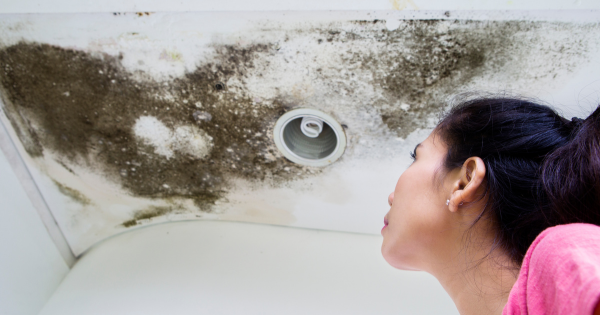How To Address Water Damage vs. Mold
If not addressed urgently, water damage and mold can damage your property and belongings. While both stem from similar causes, they have varying features and require unique approaches to remediation. Mold vs water damage restoration Boston are handled very differently.
Keep reading this moisture-related issues comparison to see the difference between water damage vs. mold. Understanding water intrusion and mold growth helps you identify the root of the problem so you can take the appropriate action.
Ultimately, you want to address water damage and mold issues promptly and professionally, nipping them in the bud before things get out of hand. When it comes to water damage restoration, Boston has plenty of service providers.
Reach out for top-notch water damage restoration and mold remediation services or help discerning between water damage and mold concerns.
Water Damage and Mold Distinctions
Left unchecked, water damage can easily give way to mold growth. Therefore, it helps to identify and address both issues sooner rather than later. The following telltale signs will help in differentiating water damage from mold:
- Water damage stains appear yellow, brown, or orange, while mold takes on various colors, from white and gray to green and black. Mold growth can also change hues over time.
- Water damage will often cause drywall to bubble, peel, or flake, while mold can present various textures depending on the type and maturity. Actively growing mold will feel slimy and likely smear when touched, while inactive mold will have a fuzzy texture or appear powdery.
- Untreated mold will spread throughout the home, but water damage will stick to areas affected by moisture infiltration.
- Mold will also grow on any damp surface where airborne spores have landed. You’ll often find mold in moisture-prone areas such as your bathroom, crawl spaces, basement, and laundry room.
- Water damage doesn’t always emit a discernable scent, while mold often emits a strong, damp, musty odor. By the time you smell mold, your indoor space probably has plenty of airborne mold spores.
- Water damage doesn’t cause direct adverse health effects. Mold exposure, on the other hand, may lead to:
- Coughing
- Throat irritation
- Runny nose or nasal congestion
- Red, itchy, or watery eyes
- Sneezing
- Skin rashes
- Heightened sensitivity in asthmatic individuals
- Wheezing or difficulty breathing
Impact of Water Damage on Mold Development
Water damage and mold often appear together in properties affected by leaks, flooding, or prolonged exposure to moisture. Failure to promptly and thoroughly address water damage creates the ideal environment for mold spores to grow and thrive.
As a property owner or manager, you should call a mold remediation company to inspect and address any water damage vs. mold growth issues as soon as possible because mold can establish and grow in as little as 24 to 48 hours.
While DIY mold removal may seem cost-effective, you must hire a professional to remove mold and fix sources of moisture. Otherwise, mold will continue to spread and lead to significant damage and costly repairs or replacements.
Addressing Black Mold vs. Water Damage
When your home experiences leaks or flooding, immediate issues such as dampness and pooled water might seem most critical, but long-term concerns like mold growth, compromised indoor air quality, and structural degradation need equal attention.
Consider hiring a local water damage restoration company. These experts have the experience and equipment to thoroughly clean, dry, and restore affected areas and reduce the chances of mold growth.
A mold remediation company worth its salt will often test for the presence of mold once they complete the job for extra assurance.
If you notice mold growth after addressing water damage, seek professional help as well. Home remedies such as vinegar and bleach may kill mold in small quantities, but only a seasoned expert can prevent the mold from spreading and growing back.
Professionals often use specialized tools to detect mold, even in hidden areas, and employ several techniques to kill microscopic mold spores.
Bottom Line
Water damage doesn’t always mean mold, but signs of water damage may indicate a mold infestation as mold grows in areas with high humidity levels. Remember to clean and dry water-damaged surfaces as soon as possible, as mold may start growing in as little as 24 hours.
Professional Water Damage Restoration and Mold Remediation
Now that you understand the differences between water damage vs. mold, you want to hire a professional to help you address either or both issues. Look no further than us at A.W. Puma Restoration and Remodeliing for top-tier water damage restoration and mold remediation services.
Call (508) 300-9747 to schedule service in the Greater Boston area.





